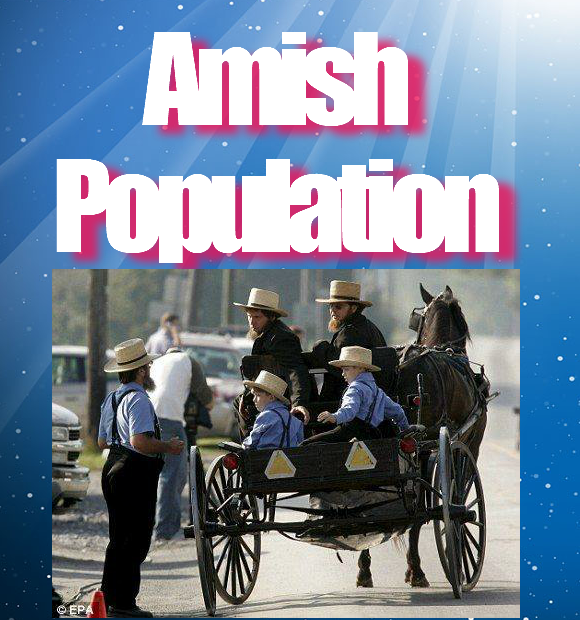We might expect a group that rejects higher education and advanced technology to be dying. Surprisingly the Amish are growing. Their population doubles about every 20 years. Counting adults and children, they number more than 325,000 souls.
One Amish woman joked, “If we keep growing so fast soon half the world will be Amish and the other half will be taxi drivers who haul us around.”
So how do the Amish managed to not merely survive but actually thrive in the midst of modern life?
The Amish live in 31 states and several Canadian provinces. The search for affordable farmland has propelled many new settlements in recent years.
Large families and strong retention rates Propel Amish growth. On the average, families have about seven children, but it is not unusual to have 10 or more. Typically, about 85% of Amish youth join the church but in some communities retention rises above 95%.
Although the Amish do not evangelize or seek converts, Outsiders may join if they comply with Amish guidelines. Several dozen English, as outsiders are called, have entered the Amish flock in recent decades, but that is a small number.
Amish people reside in more than 500 settlement in 31 States, mostly east of the Mississippi. Some also live in several Canadian provinces. The three most populous states are Ohio, Pennsylvania and Indiana.
New communities form yearly, while others flounder and die. The two largest Amish settlements are in Holmes County, Ohio and Lancaster County, Pennsylvania. Each claim more than 200 congregations. In stark contrast, about half the settlements have just one congregation. North America has some 2400 congregations, Each of which typically has 25 to 35 households.
Although we typically think of Amish groups that use horse and buggy Transportation, two other groups with Amish Roots, the Beachy Amish and the Amish-Mennonites, own automobiles, use electricity from the public grid, and engage more with outsiders than the buggy driving Amish.
At first glance, the horse and buggy Amish all look alike. Dig deeper and you will discover more than three dozen subgroups that populate the Amish world. Each of these tribes has its own unique practices.
Some, for example, have black topped carriages, while other groups have gray, white, yellow, or burnt orange tops. The group’s vary as to their use of technology, views of women, interaction with outsiders, interpretations of the Bible, and guidelines for their youth.
The Amish share a separatist identity and they come in history. The Amish story stretches back nearly five centuries, to the sixteenth century Protestant Reformation in Europe.
Save this post to read later:


